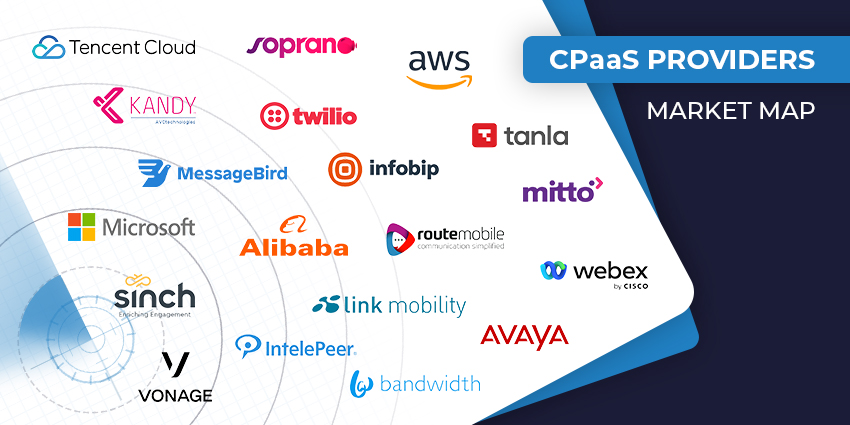If you’ve been following the growth of Twilio lately, then you’ll know it’s an exciting addition to the communications space. Twilio is a developer platform that powers communications for more than 40,000 global companies, including Netflix, Airbnb, and Lyft.
Basically, Twilio has emerged as a simple way for companies and software teams to begin adding communications capabilities to their applications in the form of text, video, and voice, providing companies with the flexibility that they need to implement more engaging customer experiences into their daily operations. We checked out the latest Bloomberg interview with CEO Jeff Lawson, to give you our interpretation of the Twilio revolution.
A Company Designed for CX
Fundamentally, it seems that Twilio was built around the growing desire to provide a better customer experience (CX) for end-users and companies alike. Across numerous industries, enterprises have begun to recognise that the only way to truly differentiate their businesses from other competitors in the marketplace, is to give their customers an experience that’s seamless, integrated, and engaging. Unfortunately, it’s difficult to achieve that level of CX when your communication technology is spread across different silos.
Twilio seems to be an in-depth response to the problem of disjointed, inflexible communications. As Mr. Lawson noted during his interview with Bloomberg, the idea is to make it easier for companies to make brand engagement simpler in all of its many forms, from alerts and instant notifications to automated messaging.
What Makes Twilio Different?
Twilio is unique in that it’s not simply one form of messaging software, or team communications app. Instead, it’s an API developer platform that opens up flexible communication solutions for businesses of all shapes and sizes. With the Twilio “super network”, you can choose whatever communication strategy appeals most to your customers, and implement it into your application.
The super network is the software layer that improves and connects your communication needs around the world, allowing for reliable, clear collaboration between brands and consumers no matter where they are. This approach to business is becoming increasingly important in a world where every interface we interact with seems to have a digital background. Whether you’re online on your desktop, or on your mobile, you’re interacting with companies on a digital level, and those companies need to be able to respond quickly, and effortlessly, using the right communication methods.
The super network is a service that offers unlimited movement and growth for any business within the online space. Because you can scale your needs up and down as quickly as you like, there’s no need to worry about overpaying for capacity that you only use a couple of times per year. Twilio’s network can absorb even significant spikes in growth, without any compromise on performance.
The Layers of Twilio
Interestingly, Twilio has numerous layers beyond the super network. The brand has invested in almost every layer of the communication infrastructure, effectively connecting traditional telephony with the digital world. They now have the engagement cloud, which is a suite of APIs designed to manage the communications required for any kind of customer engagement, alongside their standard cloud API developer platform.
Ultimately, no matter what you need from a more diverse CX solution, Twilio can provide it, with the flexibility required to expand as quickly, and cost-effectively as you like. With Twilio, we’re beginning to discover the benefits of truly versatile communications.







